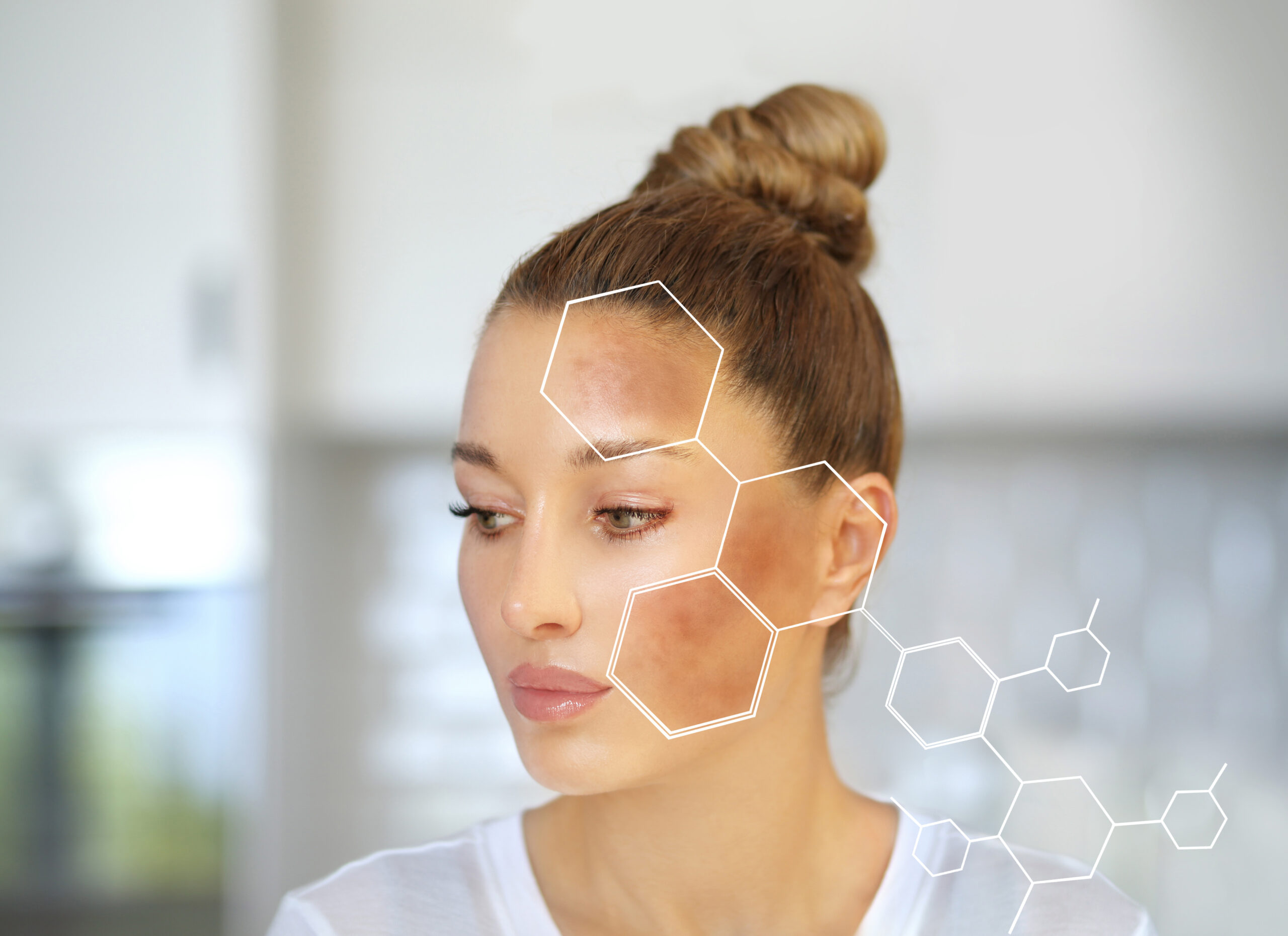Why treating melasma with lasers is not always the best option
Melasma is a common skin condition that can cause significant emotional distress and can be difficult to treat. Melasma is characterized by dark, irregular patches of skin, usually on the face, and is often associated with hormonal changes, such as pregnancy or birth control use. While lasers and intense pulsed light (IPL) therapy have been touted as effective treatments for melasma, they may not be the best choice for everyone. In this blog, we will explore why lasers and IPL may not be the best treatment for hormonal melasma in Calgary, Alberta.
Understanding Melasma
Before we delve into the reasons why lasers and IPL may not be the best treatment for melasma, it’s important to understand what melasma is and what causes it. Melasma is a skin condition characterized by dark, irregular patches of skin, usually on the face. Melasma is caused by the overproduction of melanin, the pigment that gives skin its color. Hormonal changes, such as those that occur during pregnancy or with birth control use, can trigger melasma. Other factors, such as sun exposure and genetics, can also play a role in the development of melasma.
Why Lasers and IPL are Not the Best Treatment for Hormonal Melasma
While lasers and IPL have been shown to be effective in treating some types of skin discoloration, such as age spots and sun damage, they may not be the best choice for hormonal melasma. There are several reasons for this:
Melasma is a deep, dermal pigmentation.
Melasma is a deep, dermal pigmentation that occurs in the lower layers of the skin. Lasers and IPL work by targeting the superficial layers of the skin, which may not effectively treat the deeper pigmentation associated with melasma. In fact, using lasers or IPL to treat melasma can actually exacerbate the condition, causing further pigmentation and making it even more difficult to treat.
Hormonal changes must be addressed.
As we mentioned earlier, hormonal changes are a primary trigger for melasma. While lasers and IPL can treat the superficial pigmentation associated with melasma, they do not address the underlying hormonal imbalances that are responsible for the condition. Treating melasma with lasers or IPL alone may provide temporary improvement, but the pigmentation is likely to return if the hormonal changes are not addressed.
Alternative Treatments for Hormonal Melasma
So, if lasers and IPL are not the best treatment for hormonal melasma, what are the alternatives? Fortunately, several effective treatments can help manage melasma without the risks associated with lasers and IPL. These include:
Topical treatments.
Topical treatments, such as hydroquinone, retinoids, and azelaic acid, can help reduce the appearance of melasma by inhibiting the production of melanin. These treatments are typically applied directly to the affected areas and can be used in combination with other treatments,
Chemical peels.
Chemical peels involve applying a solution to the skin that causes the top layer to peel away, revealing new, fresh skin underneath. Chemical peels can be effective in reducing the appearance of melasma, particularly when combined with topical treatments.
Microdermabrasion.
Microdermabrasion involves using a special device to exfoliate the top layer of skin, helping to reduce the appearance of melasma. Like chemical peels, microdermabrasion can be combined with topical treatments for optimal results.
Lifestyle changes.
Making certain lifestyle changes, such as wearing sunscreen daily, avoiding excessive sun exposure, and avoiding certain medications that may trigger melasma, can also help manage the condition.
It’s important to note that melasma is a chronic condition, and there is no cure. However, with the right combination of treatments and lifestyle changes, it is possible to manage the condition and reduce the appearance of melasma.
Choosing the Right Treatment for Hormonal Melasma
When it comes to treating hormonal melasma, it’s important to work with a qualified dermatologist who can assess your individual needs and recommend the most appropriate treatment plan. While lasers and IPL may be effective for some types of skin discoloration, they may not be the best choice for hormonal melasma. Instead, a combination of topical treatments, chemical peels, microdermabrasion, and lifestyle changes may be more effective.
In Conclusion
Melasma can be a frustrating and challenging condition to manage, particularly when hormonal changes are involved. While lasers and IPL have been touted as effective treatments for melasma, they may not be the best choice for everyone, particularly those with hormonal melasma. Instead, a combination of topical treatments, chemical peels, microdermabrasion, and lifestyle changes may be more effective in managing the condition. Working with a qualified dermatologist is key to developing an effective treatment plan that meets your individual needs and helps you achieve the best possible outcome. Feel free to contact us here at Revive Laser and Skin Clinic for more information and options for healthy skin.

